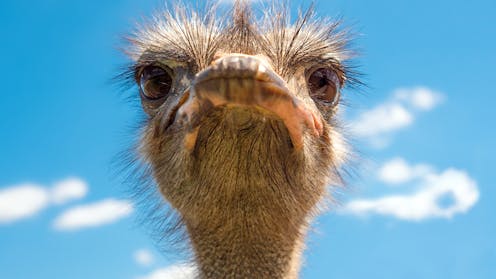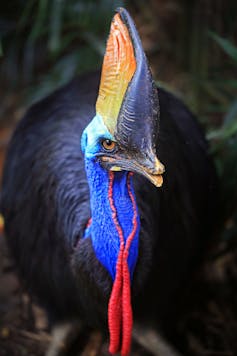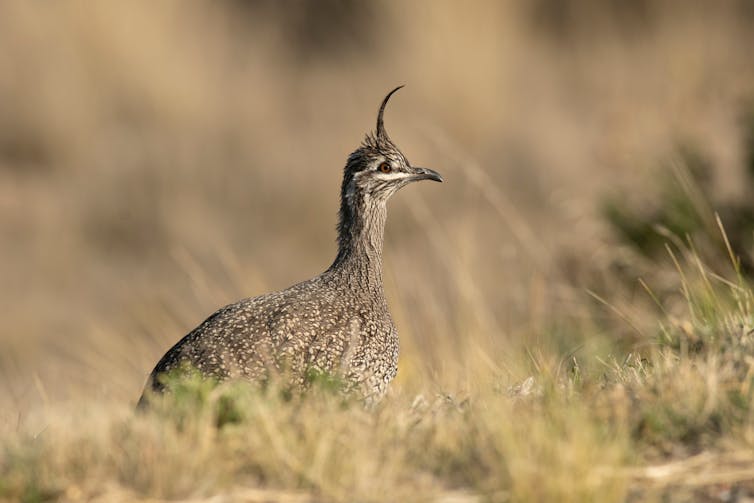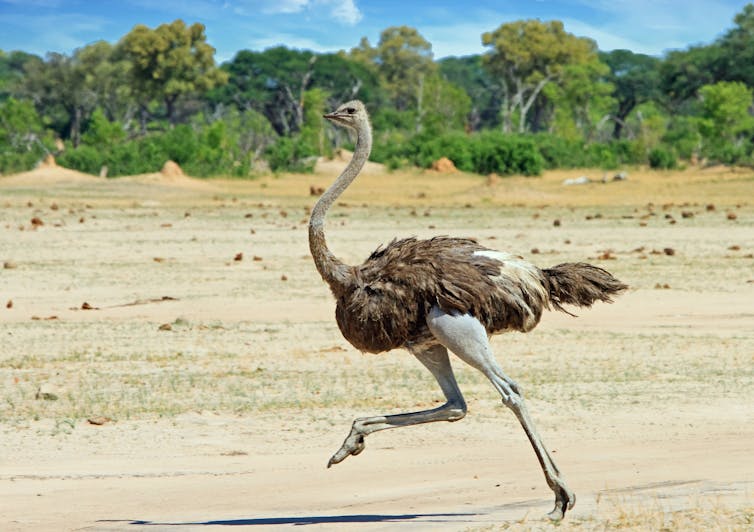Source: The Conversation – UK – By Ayse Burcin Baskurt, Senior Lecturer, Applied Positive Psychology, University of East London

Waiting can be boring, which is why we typically do anything we can to avoid it. We fill moments where we have to wait with something to keep our minds busy – such as scrolling on social media, reading the news or listening to a podcast.
But waiting isn’t always bad. Research shows that it can be beneficial as it improves self-control – an ability important for many social, cognitive and mental health outcomes.
Self-control refers to a person’s ability to regulate their thoughts, emotions and behaviour when long-term goals conflict with short-term temptations.
Self-control has broad importance – whether that’s in school or the workplace – because of its implications for learning, decision-making, performance, social relationships and wellbeing. The skill is key in resisting temptation in these settings.
Our ability to wait is a key way self-control is put to the test.

Olena Yakobchuk/ Shutterstock
This might include pausing for a moment before writing a response to an email that has annoyed us. Or maybe it’s resisting the temptation of an unhealthy food when you’re trying to eat healthier. Both of these are examples of exerting self-control and creating space between impulse and action.
Research shows that even short delays or pauses – such as ordering food ahead of time or waiting before making a purchase – can cool-off impulses and help us prioritise long-term goals.
Despite the attention given to self-control in different fields of psychological research, waiting as a standalone construct has not received as much attention. Still, what research there is on the topic shows us that waiting can have similar benefits.
For instance, research has looked at what effect silence has in coaching conversations – with silence acting as a form of waiting. When the person who has been asked a question pauses before answering, it gives them the space to process their thoughts. This can help them better understand how they’re feeling, uncover memories or even shed a light on things that are confusing them. In this way, silence serves a distinct purpose in communication – be it a pause for better listening, a defence or a chance for reflection.
Moments of waiting can create space for reflection. Having the opportunity to reflect on our actions, emotions and experiences can spark ideas, deeper focus and creativity.
There are many personal and cultural differences in terms of how we perceive time in waiting. Waiting can also be uncomfortable or frustrating for those brains that crave stimulation. And, in some cultures, it can be framed as passive or inefficient – while in others, waiting is deemed powerful and transformative.
These differences mean that waiting can be perceived and practised differently – and so benefits will appear in different forms.
The value of waiting
To reap the benefits that can come from learning self-control, resisting urges and appreciating the moments when we’re waiting, we need to recognise the value of waiting.
Here are some evidence-based tips from positive psychology for practising it more intentionally for our own wellbeing:
1. Savouring
Have you ever bought a ticket for an event and ended up enjoying the anticipation more than the event itself? Or felt the excitement of counting down to a summer holiday with friends?
When we anticipate something exciting, part of the joy lies in the wait itself. Research shows that savouring what we look forward to helps us prolong pleasure.
Every time we think about it, we get small bursts of joy. Visualising the concert, the trip or any event that you long for makes waiting less of an obstacle and more of an extension of the experience.
2. Gratitude
There are many moments in life where we have no option but to wait – for instance, while waiting to hear from your doctor about test results. But these moments can also give us an opportunity to feel gratitude.
Pausing to reflect on what you’re grateful for can make waiting less about the frustration or worry you’re feeling and more about appreciation.
3. Meaning making
Instead of seeing waiting as an inconvenience, try re-framing the way you think about it.
The next time you’re stuck in traffic or standing in a long line, instead of seeing it as an inconvenience, re-frame it and see the moment as a chance to rest, pause or reflect. Re-framing how you think about the situation can change the experience.
When we connect waiting to a sense of purpose, waiting gains direction and meaning.
4. Mindfulness
Irritable waiting moments can be cues to practise mindfulness. Mindfulness involves paying full attention to the present moment, and looking at it with curiosity and acceptance.
Intentionally noticing what’s going on in you and around you can turn an annoying circumstance into a mini check-in and chance to re-charge. This small practice may even help to improve your wellbeing by helping you to relax and regulate emotions.
This all isn’t to suggest you should find more opportunities to sit around and wait. Rather, it’s about seeing value in the moments where we do have to wait – and about intentionally making these moments more manageable and fun.
![]()
Ayse Burcin Baskurt does not work for, consult, own shares in or receive funding from any company or organisation that would benefit from this article, and has disclosed no relevant affiliations beyond their academic appointment.
– ref. Waiting isn’t a bad thing — it can actually boost your wellbeing – https://theconversation.com/waiting-isnt-a-bad-thing-it-can-actually-boost-your-wellbeing-265122









